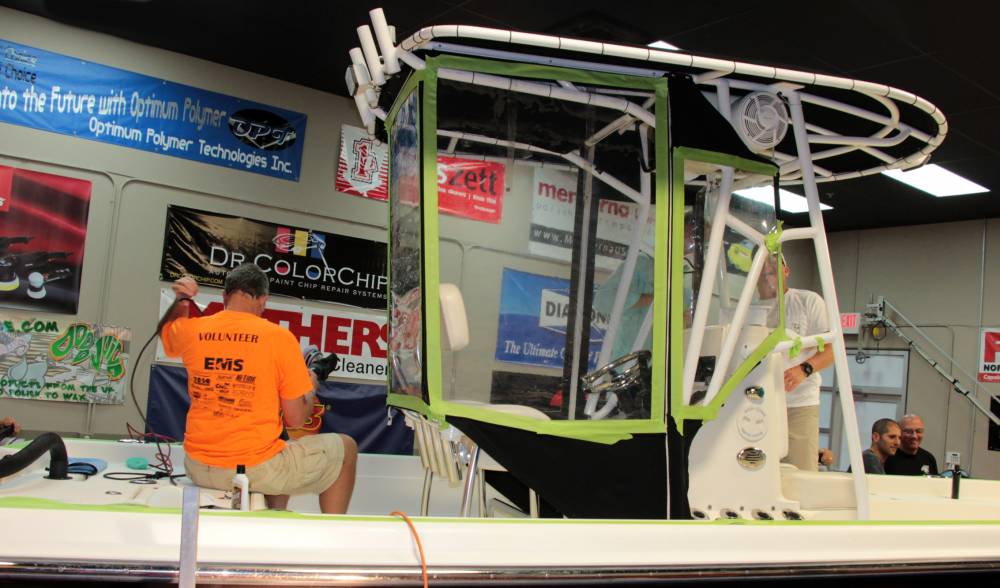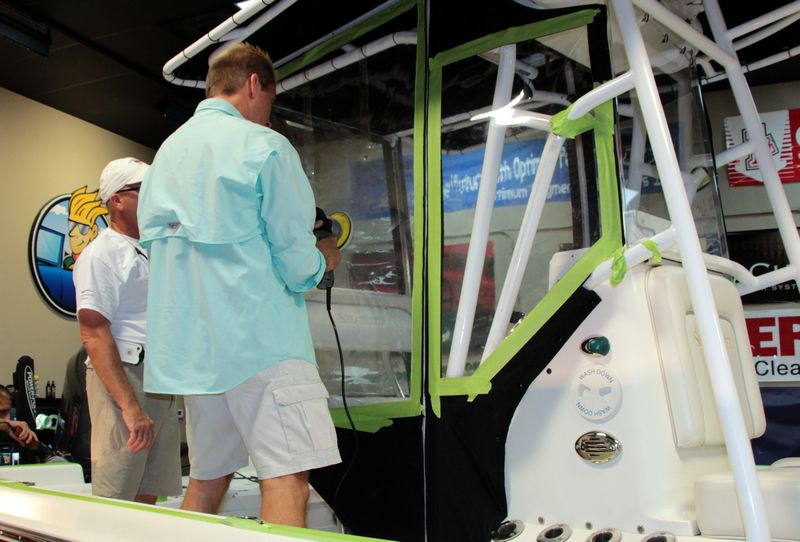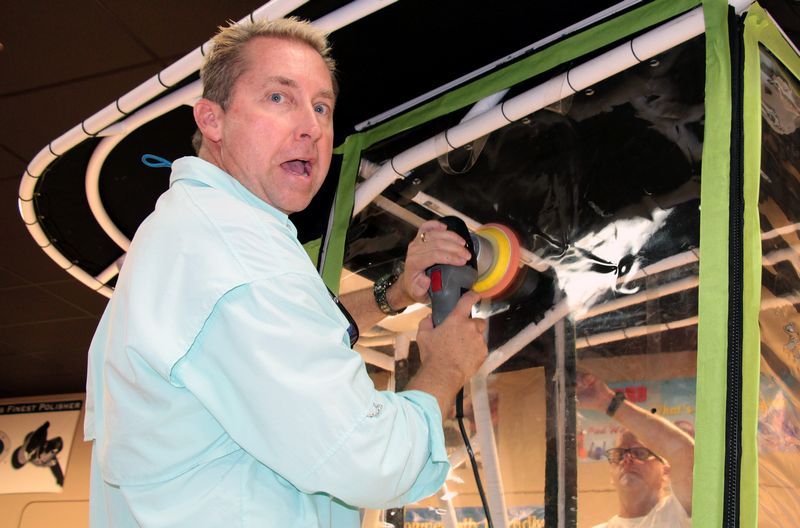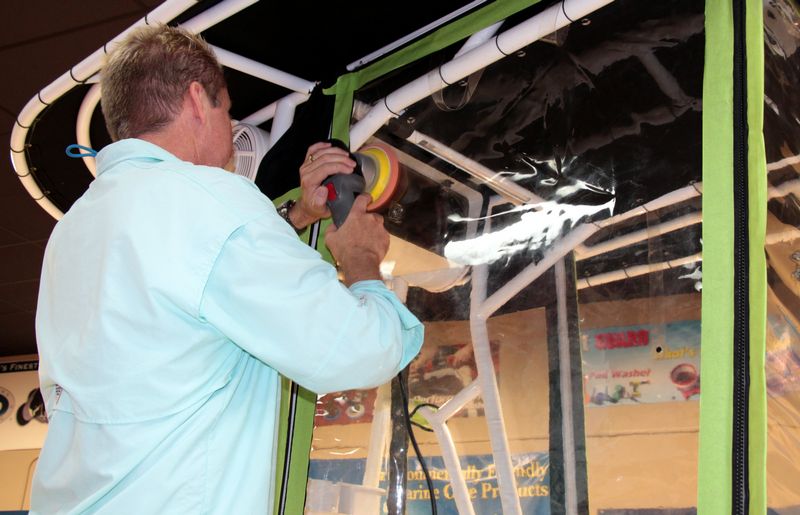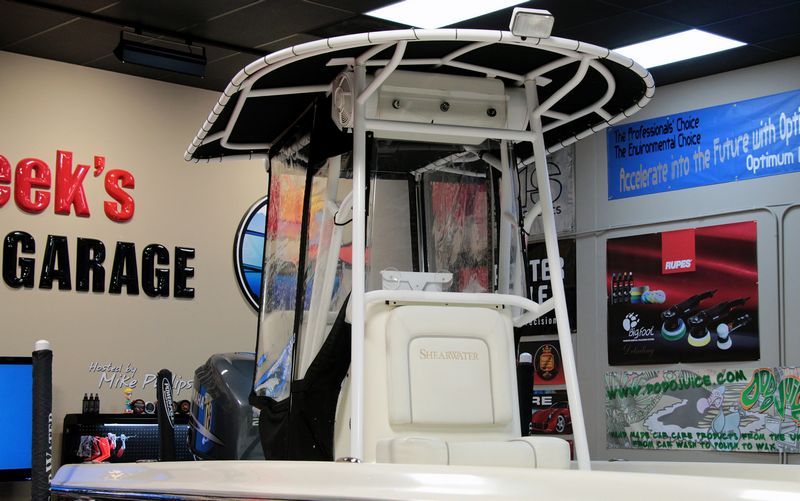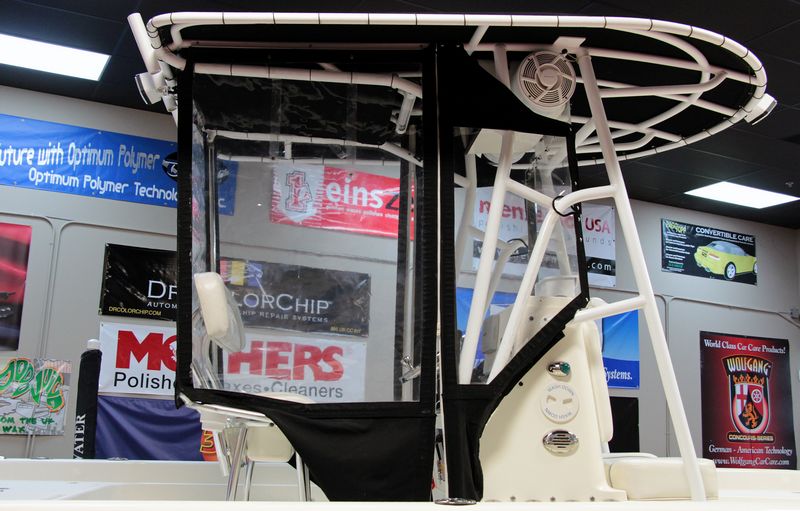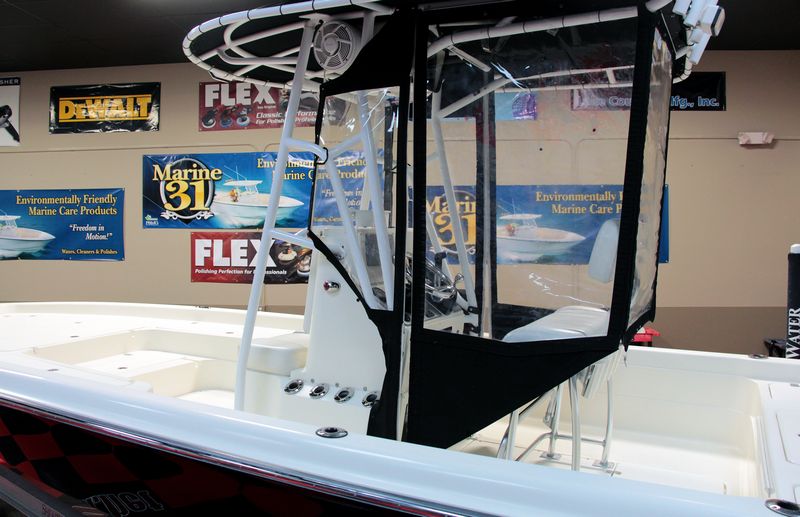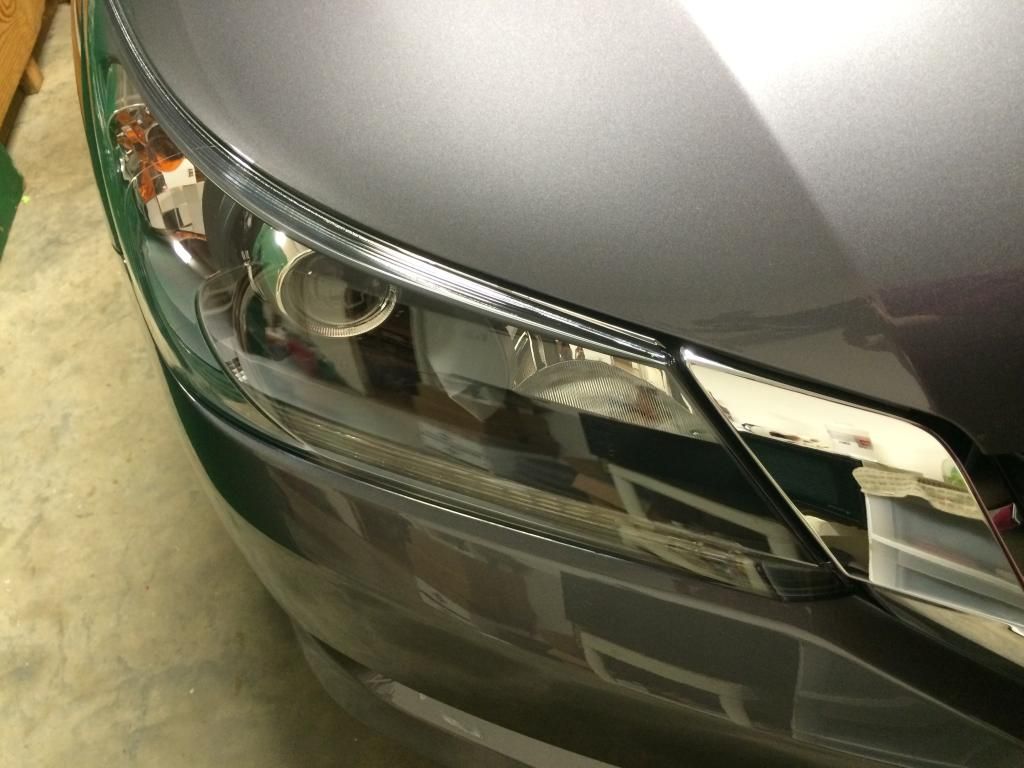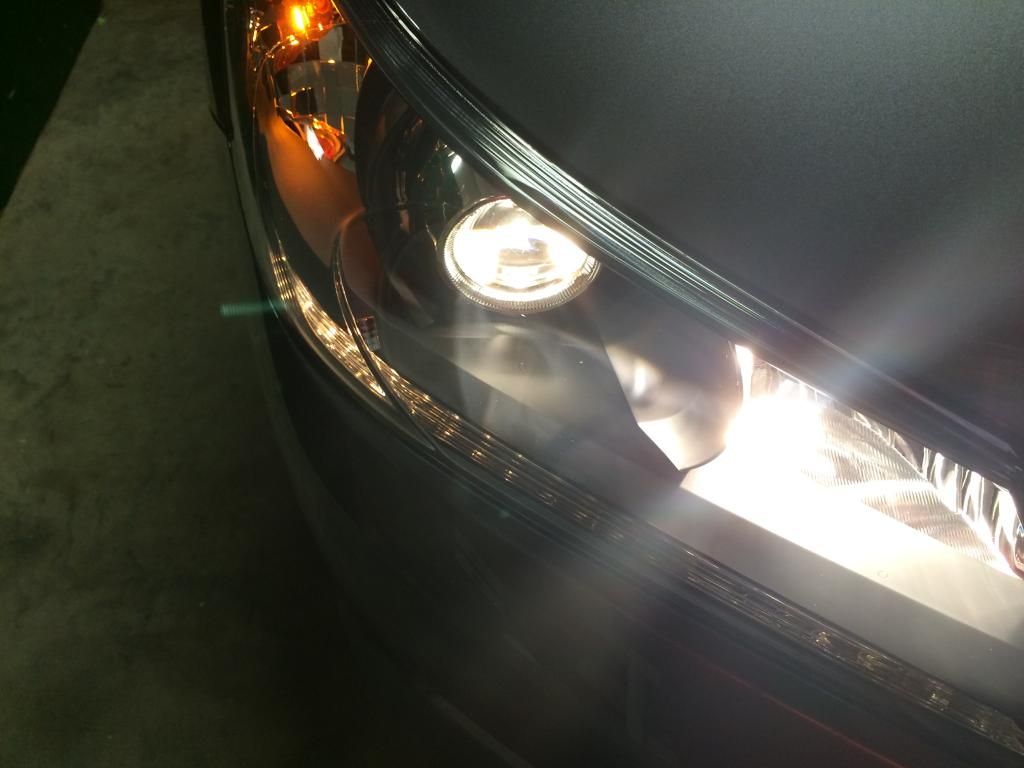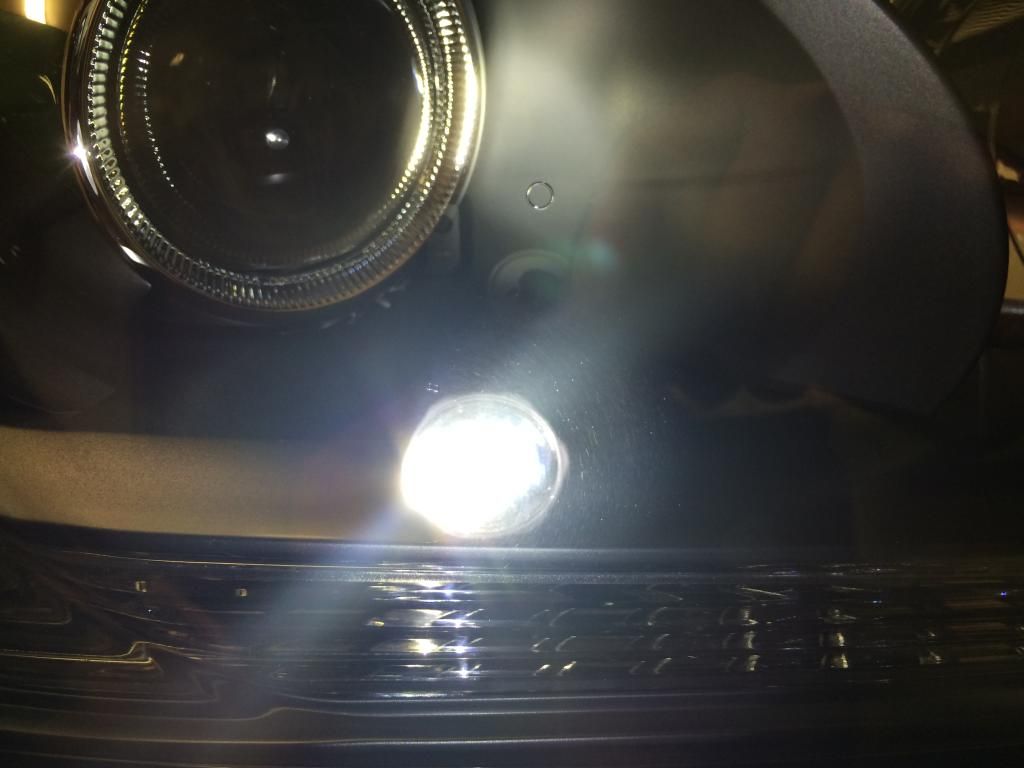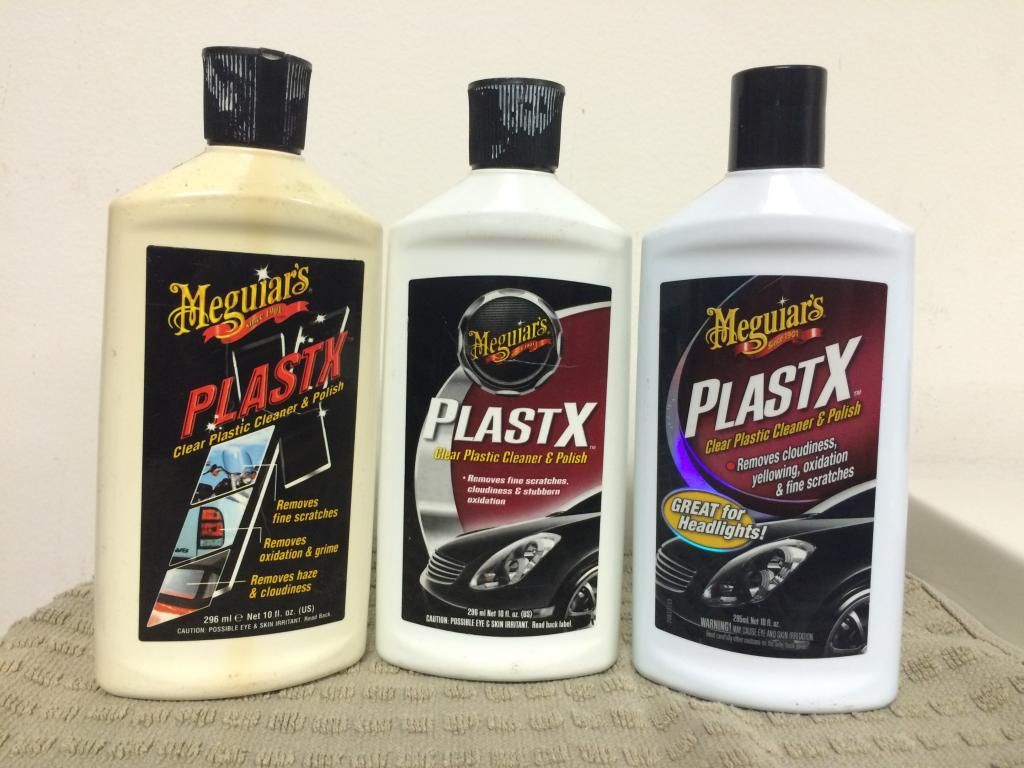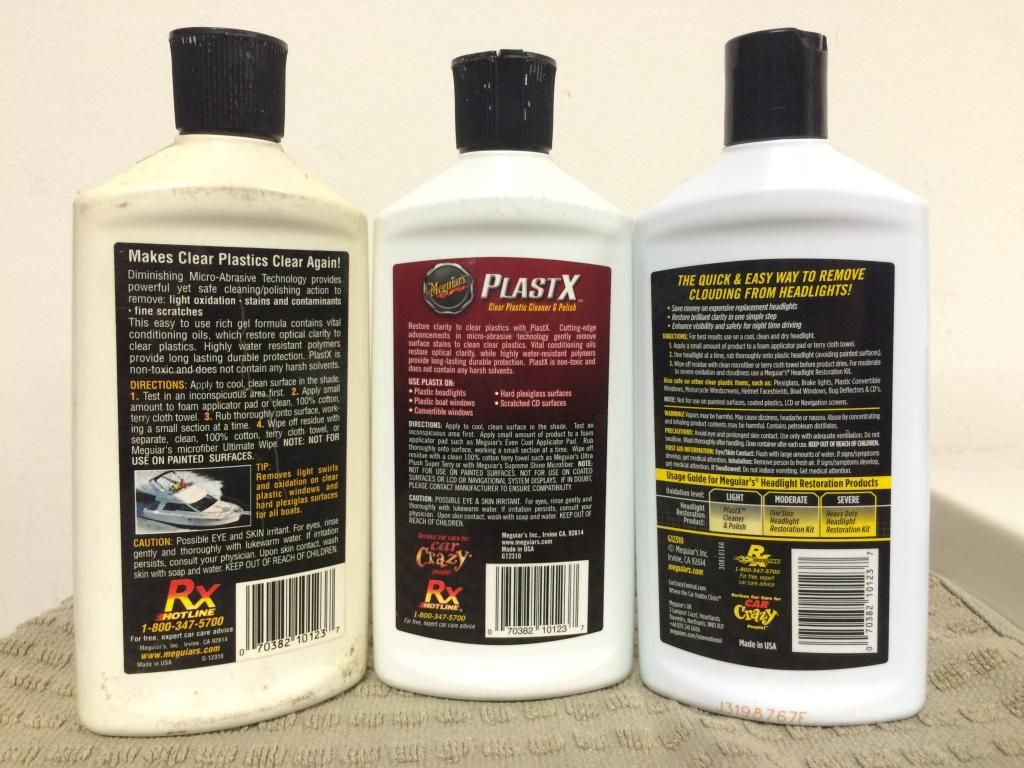So, I went to polish some minor scratching out of the headlights and tail-lamps on a fairly new Accord with Plastx before coating with PBL DSC, and noticed that I had traded the light scratches for fine swirls, visible only with lights on/ intense external illumination:

However, the lights look just fine under normal lighting, and without viewing the headlamps head-on... with perhaps a slight haze visible:
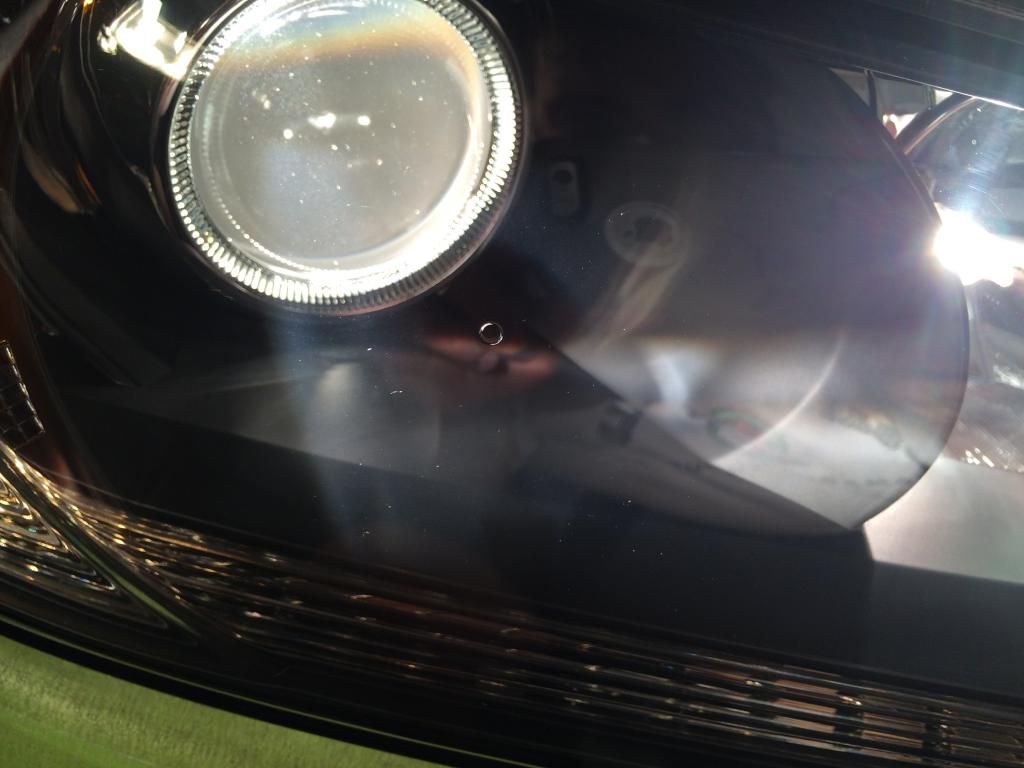
Not so bad really... but I would like to achieve a finer finish before "locking" it in for a year or two by coating.
Now, I can't recall if this is normal for plastx or not. I'm fairly sure I'm just using it improperly... but if there's a better product out there on the market for super-fine finishing, I'm all ears. I do have some M205, UP, and M9 on hand, with a sample of WG TSR 3 arriving tomorrow.
To give you an idea of my method:
I used both the new formulation ("faster" acting... I'm guessing coarser compound), and an older formulation, circa 2009. The older formulation left noticeably finer swirls behind.
I hand applied both, using a new pinnacle foam applicator for the new formula, and a lightly used misc. foam applicator for the older formula. I primed the pad with product (generously and completely spread around), and applied a generous amount to the pad. Working the front section of the headlamp (approximately 5"x10"), I made about 4 single passes with firm pressure, before reducing to a light pressure for 2 to 4 final single passes. The remaining product was just beginning to "disappear" if you will... drying and blending into the headlamp plastic. I immediately removed the remainder, using a spray of Meg's ID, and a Cobra 530 microfiber.
Now, looking at the bottle... it doesn't indicate any diminishing abrasive action, but perhaps this is the case, as the polish uses good ol' aluminum oxide abrasive suspended in hydrocarbons (I'm assuming some plasticizer and protectants are added-in).
Did I just not work the polish long enough for a diminishing action to kick-in? If not, what am I doing wrong? I don't have access to a DA polisher, however I'm thinking of investing in a Flex soon, if it would help. Also, would any other products be useful with hand application?
Thanks in advance!
Mike

However, the lights look just fine under normal lighting, and without viewing the headlamps head-on... with perhaps a slight haze visible:

Not so bad really... but I would like to achieve a finer finish before "locking" it in for a year or two by coating.
Now, I can't recall if this is normal for plastx or not. I'm fairly sure I'm just using it improperly... but if there's a better product out there on the market for super-fine finishing, I'm all ears. I do have some M205, UP, and M9 on hand, with a sample of WG TSR 3 arriving tomorrow.
To give you an idea of my method:
I used both the new formulation ("faster" acting... I'm guessing coarser compound), and an older formulation, circa 2009. The older formulation left noticeably finer swirls behind.
I hand applied both, using a new pinnacle foam applicator for the new formula, and a lightly used misc. foam applicator for the older formula. I primed the pad with product (generously and completely spread around), and applied a generous amount to the pad. Working the front section of the headlamp (approximately 5"x10"), I made about 4 single passes with firm pressure, before reducing to a light pressure for 2 to 4 final single passes. The remaining product was just beginning to "disappear" if you will... drying and blending into the headlamp plastic. I immediately removed the remainder, using a spray of Meg's ID, and a Cobra 530 microfiber.
Now, looking at the bottle... it doesn't indicate any diminishing abrasive action, but perhaps this is the case, as the polish uses good ol' aluminum oxide abrasive suspended in hydrocarbons (I'm assuming some plasticizer and protectants are added-in).
Did I just not work the polish long enough for a diminishing action to kick-in? If not, what am I doing wrong? I don't have access to a DA polisher, however I'm thinking of investing in a Flex soon, if it would help. Also, would any other products be useful with hand application?
Thanks in advance!
Mike
